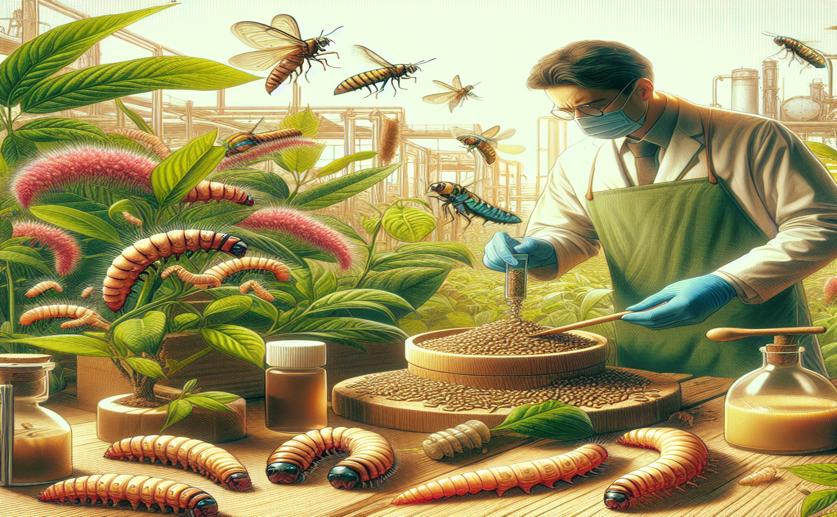
Exploring the Plant Extract's Safety and Components Against Pest Larvae
Jim Crocker
9th February, 2024

Image Source: Natural Science News, 2024
AgricultureBiochemPlant Science
References
Main Study
1) Phytochemical characterisation and toxicity effect of Tithonia diversifolia (Hemls.) A. Gray leaf extract on fall army worm Spodoptera frugiperda (JE Smith) larvae.
Published 9th February, 2024
https://doi.org/10.1515/jcim-2023-0310



 25th January, 2024 | Jim Crocker
25th January, 2024 | Jim Crocker